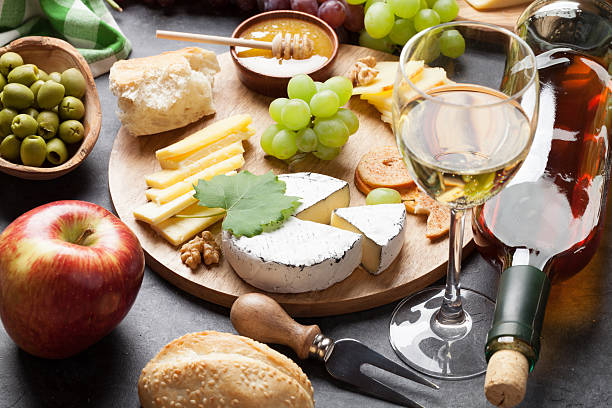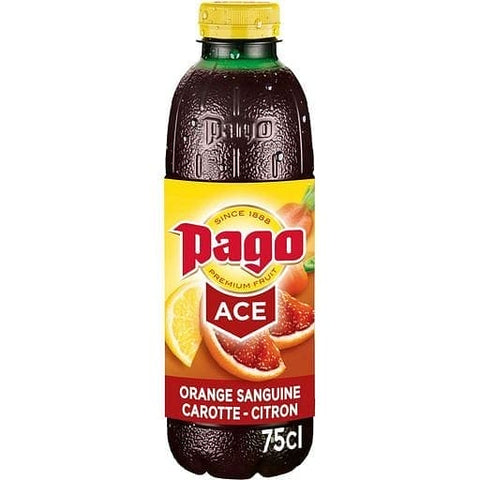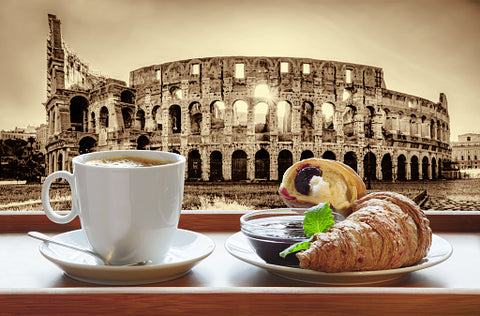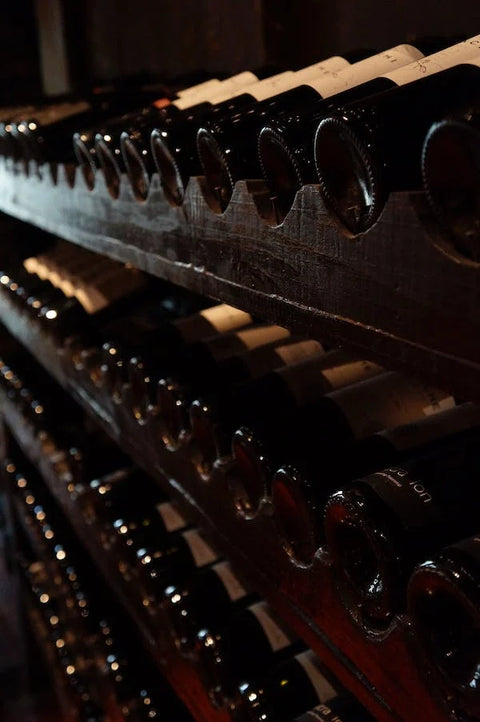When it comes to the French art of living, aperitifs play a central role. Whether enjoyed on a sunny terrace, in a bustling bar, or in the comfort of one's own home, aperitifs are a quintessential part of French culture. From the classic kir to the trendy Aperol spritz, there are a variety of French aperitifs to choose from, each with their own unique flavors and history.
In this ultimate guide, we'll explore the world of French aperitifs, taking a closer look at their history, ingredients, and how to properly serve and enjoy them. From the popular pastis to lesser-known options like Byrrh and Suze, we'll cover everything you need to know to create the perfect aperitif experience. We'll also provide tips on how to pair aperitifs with different types of food and occasions, so you can impress your guests and elevate your aperitif game to the next level.
-
Champagne: Champagne is a classic French aperitif, and it's perfect for celebrating special occasions or just enjoying a glass with friends. It's light, bubbly, and refreshing, and it pairs well with light appetizers like oysters or cheese.
-
Kir: Kir is a popular French aperitif made with crème de cassis and white wine. It's typically served as a light, fruity drink, and it pairs well with salty snacks like olives or cured meats.
-
Pastis: Pastis is a traditional French aperitif made with anise-flavored liqueur and water. It's a refreshing drink that's popular in the south of France, and it's typically served with ice and a splash of water.
-
Lillet: Lillet is a French aperitif made with a blend of wine, fruit liqueurs, and herbs. It's light, fruity, and refreshing, and it pairs well with light appetizers like goat cheese or fresh fruit.
-
Vermouth: Vermouth is a fortified wine that's often used as an ingredient in cocktails, but it's also a popular French aperitif. It's typically served over ice with a splash of soda water and a twist of citrus.
-
Dubonnet: Dubonnet is a French aperitif made with a blend of fortified wine, herbs, and spices. It's a sweet, complex drink that pairs well with salty snacks like nuts or potato chips.
-
Suze: Suze is a traditional French aperitif made with gentian root, which gives it a bitter flavor. It's typically served over ice with a splash of soda water, and it's a popular choice for those who prefer a more bitter drink.
-
Pineau des Charentes: Pineau des Charentes is a sweet, fortified wine from the Cognac region of France. It's typically served chilled as an aperitif, and it pairs well with savory snacks like pâté or foie gras.
-
Cidre: Cidre, or French cider, is a refreshing and lightly alcoholic drink made from fermented apples. It's a popular choice for aperitifs in the Brittany region of France, and it pairs well with salty snacks like cured meats or cheese.
-
Noilly Prat: Noilly Prat is a French vermouth that's been made since the mid-1800s. It's a complex, herbal drink that's perfect for sipping before dinner. It's typically served over ice with a twist of citrus.
-
Lillet Blanc: Lillet Blanc is a lighter and sweeter version of Lillet. It's made with a blend of wine, fruit liqueurs, and herbs, and it's perfect for those who prefer a milder aperitif.
-
Pommeau de Normandie: Pommeau de Normandie is a sweet, fortified wine made from a blend of apple juice and Calvados, a French apple brandy. It's a popular aperitif in Normandy, and it pairs well with sweet or savory snacks.
-
Champagne Cocktail: The Champagne Cocktail is a classic French aperitif made with champagne, sugar, and bitters. It's typically served in a champagne flute with a twist of citrus, and it's perfect for those who prefer a sweeter drink.
French aperitifs are an essential part of the country's rich culinary culture and history. From the classic and traditional to the trendy and modern, there are a variety of aperitifs to choose from that can elevate any occasion. By learning about the history and ingredients of different French aperitifs, as well as proper serving and pairing techniques, you can create a memorable and enjoyable aperitif experience for yourself and your guests. Whether you're sipping on a refreshing Lillet spritz on a sunny terrace, or enjoying a bold and flavorful pastis at a bustling bar, French aperitifs offer a unique and delicious way to appreciate the art of living and indulge in the flavors of France. So go ahead and explore the world of French aperitifs, and discover a new level of sophistication and enjoyment in your social and culinary experiences.




